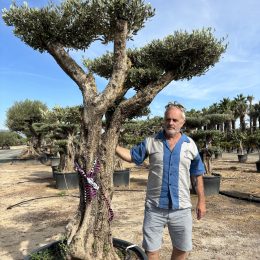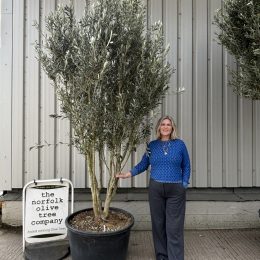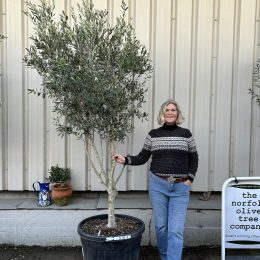Transforming your living space into an urban jungle not only enhances its aesthetic appeal but also promotes a healthier environment. Incorporating striking plants like Yucca rostrata, Butia capitata, and Phoenix canariensis can add architectural interest and a touch of the exotic to your home or garden. Here’s a comprehensive guide to styling your contemporary urban jungle with these remarkable species.
Yucca rostrata (Beaked Yucca)
Native to the arid regions of Texas and northern Mexico, Yucca rostrata is celebrated for its resilience and distinctive appearance. It features a dense crown of narrow, blue-green leaves atop a sturdy trunk, creating a striking silhouette. In late spring to early summer, it produces tall flower stalks adorned with clusters of creamy white blooms, attracting pollinators and adding to its ornamental charm.
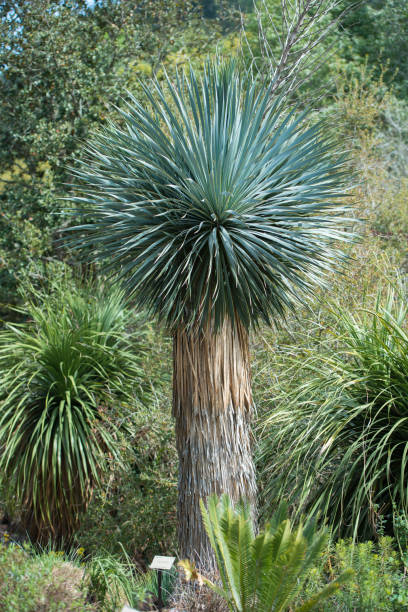
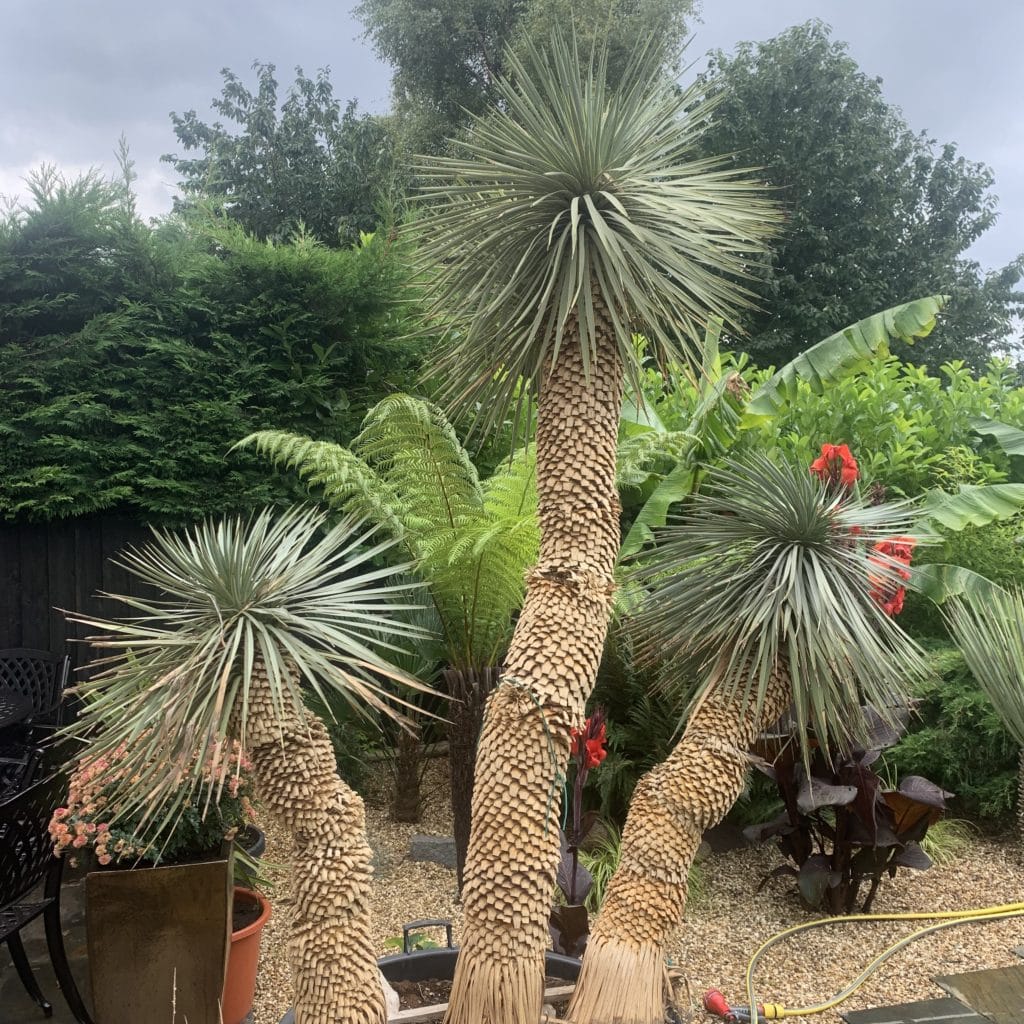
Planting Advice:
• Location: Thrives in full sun to partial shade.
• Soil: Prefers well-draining soil; avoid areas prone to waterlogging.
• Watering: Drought-tolerant once established; regular watering during the initial growth phase is essential.
• Pruning: Minimal pruning required; remove dead leaves annually to maintain appearance.
Fun Fact: Despite its bold and dramatic appearance, Yucca rostrata is a slow-growing species, making it an excellent choice for long-term landscaping projects.
Butia capitata (Jelly Palm)
Also known as the Pindo or Jelly Palm, Butia capitata is native to South America and is renowned for its feather-like, silvery-green fronds that create a symmetrical canopy. Its stout trunk adds to its unique charm, making it a captivating focal point in any landscape.
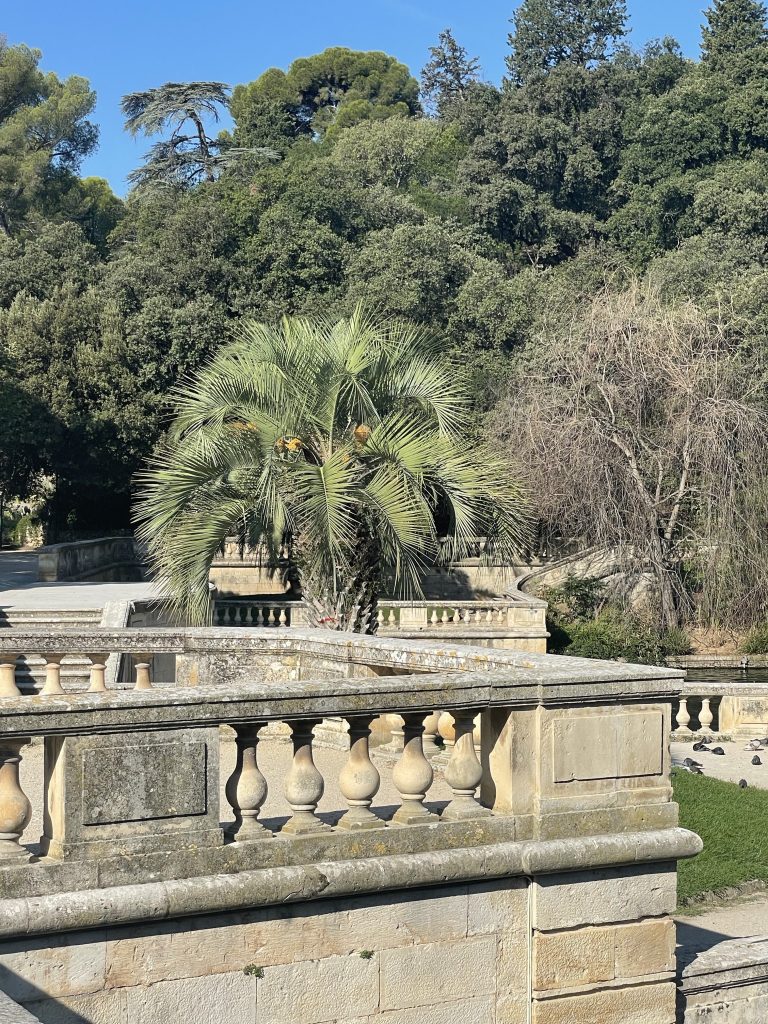
Planting Advice:
• Location: Prefers full sun but can tolerate partial shade.
• Soil: Requires well-draining soil enriched with organic matter.
• Watering: Regular watering during establishment; drought-tolerant once mature.
• Fertilizing: Apply a balanced fertiliser during the growing season to promote healthy growth.
Fun Fact: The name “Jelly Palm” originates from the jelly or jam that can be made from its ripe fruits produced in late summer.
Phoenix canariensis (Canary Island Date Palm)
Phoenix canariensis, commonly known as the Canary Island Date Palm or Pineapple Palm, is widely appreciated for its tall, showy presence in warm climates. Its large, beautiful fronds make it a popular choice for creating a tropical ambiance.
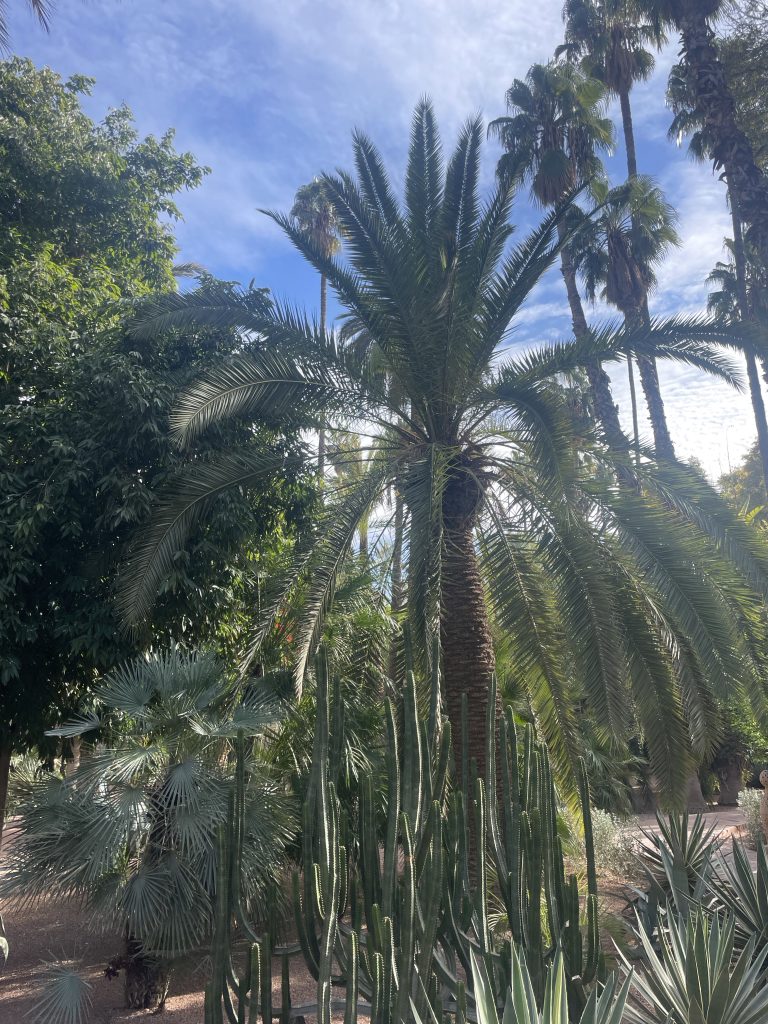
Planting Advice:
• Location: Ideal for warm well protected gardens
• Soil: Thrives in well-draining soil.
• Watering: Regular watering during the growing season; ensure good drainage to prevent root rot.
• Pruning: Be cautious of sharp spines at the base of each leaf when pruning.
Fun Fact: In mild parts of the UK, there are superb specimens of Phoenix canariensis growing happily, particularly in and around London.
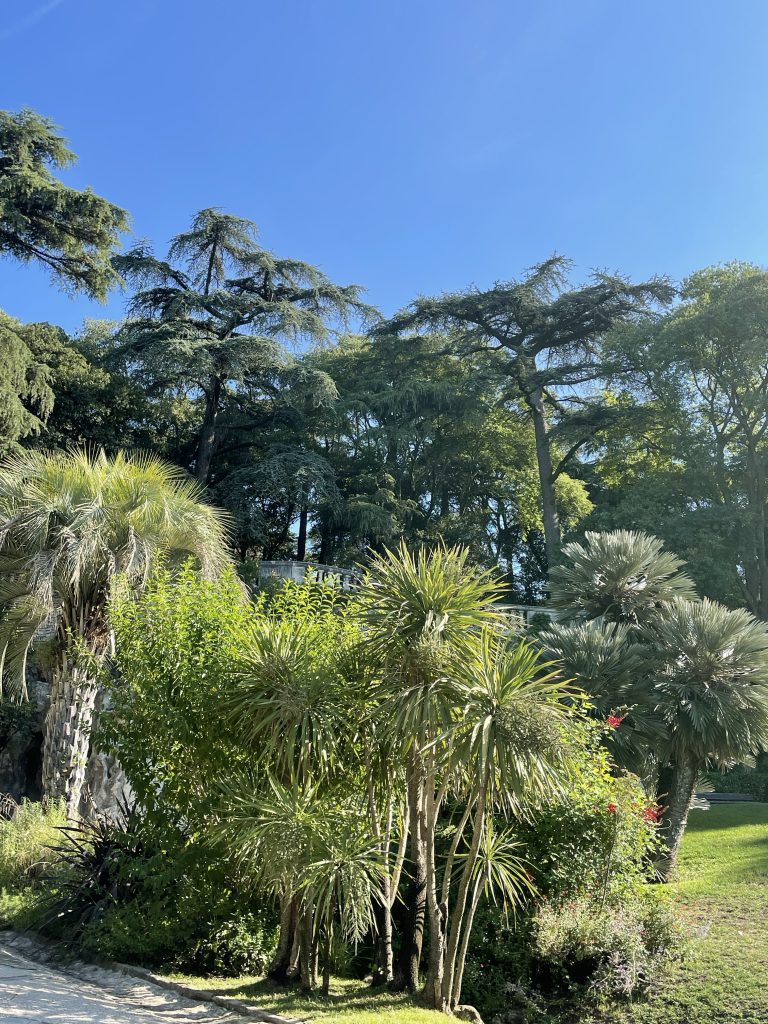
Urban jungle styling guide
1. Layering: Combine plants of varying heights and textures to create depth and visual interest.
2. Containers: Use stylish pots and planters to house your plants, making it easier to rearrange and adapt your space.
3. Complementary Decor: Incorporate natural materials like wood and stone to enhance the organic feel of your urban jungle.
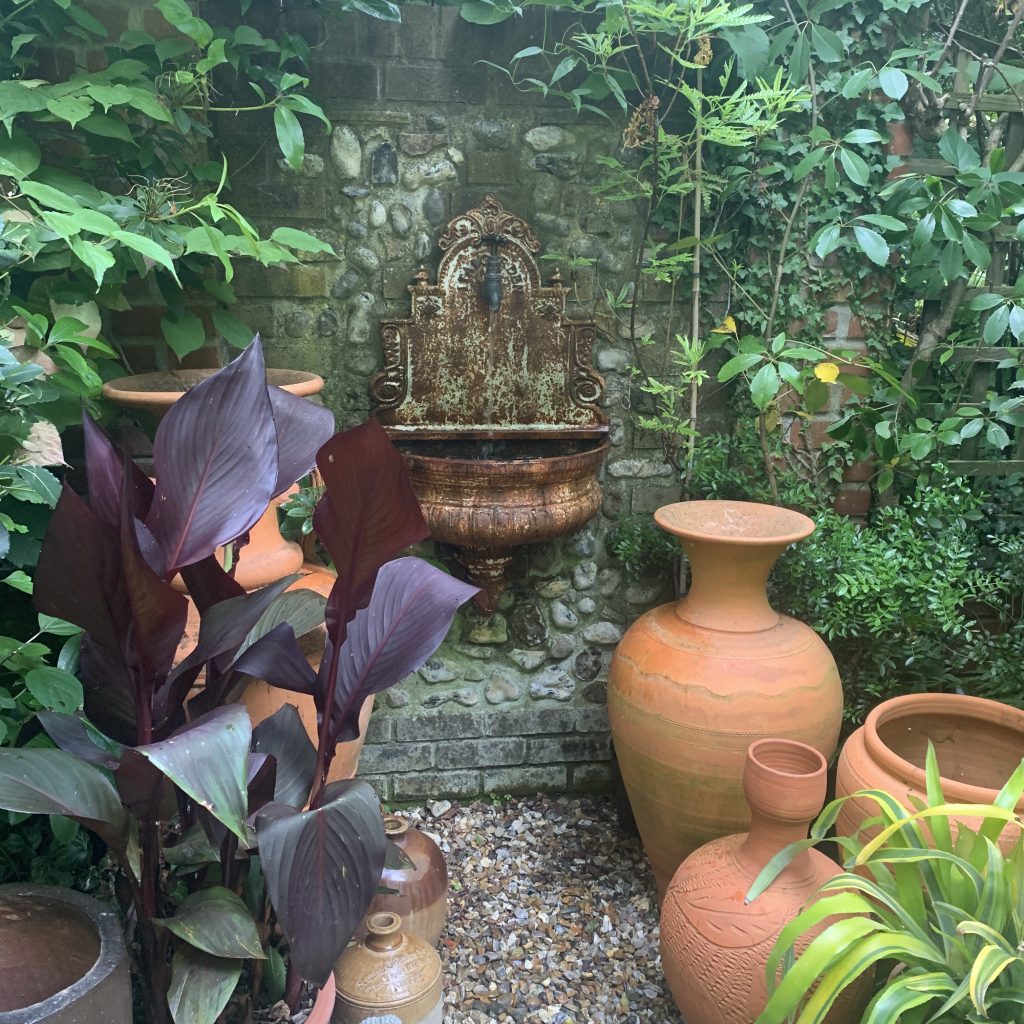
By thoughtfully integrating these plants and styling elements, you can transform your urban space into a lush, contemporary jungle that offers both aesthetic appeal and a serene atmosphere.


